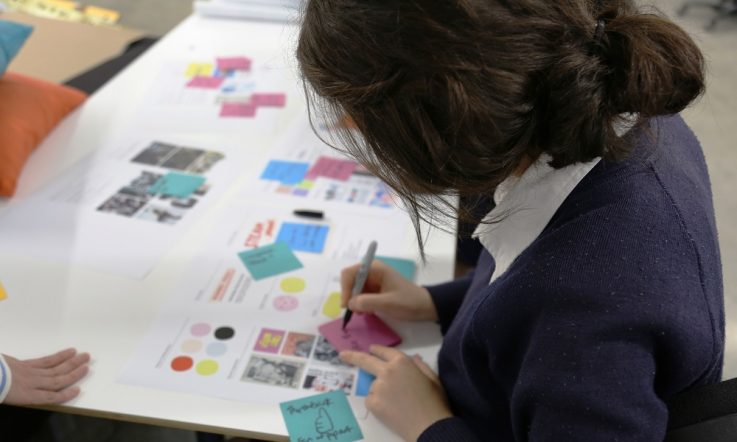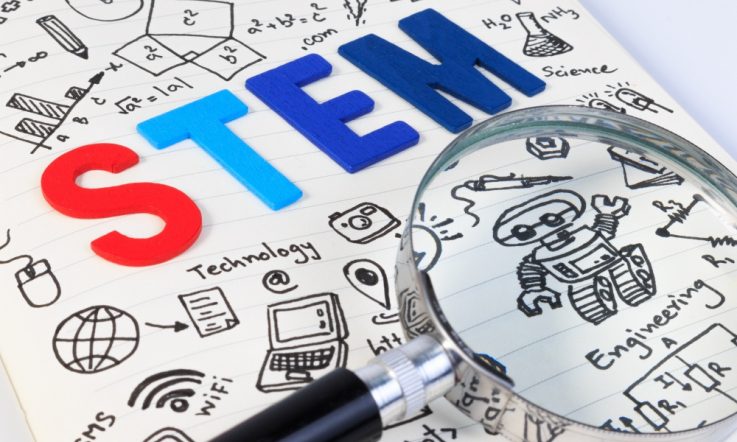Research has estimated 75 per cent of the fastest growing occupations require a strong background in the Science, Technology, Engineering and Mathematics fields - yet, Australian students are lagging behind the rest of the world when it comes to STEM learning.
Now academics in Tasmania hope to help change that trend with the launch of a new framework designed to build the capacity of STEM teachers and support them in selecting resources that will bring the subjects to life and inspire students.
Associate Professor Sharon Fraser is one of the lead researchers on the University of Tasmania's STEMCrAfT Project. It is specifically aimed at regional, rural and remote STEM teachers and those teaching outside of their subject area.
An Australian Industry Group report (2013) suggests skills learned through each STEM discipline are critical for national productivity and global competitiveness, but it warns that 'Australia’s participation in STEM skills at secondary school and university are unacceptably low'.
Frasers says there is a shortage of students graduating from STEM subjects in schools and going on to study those skills in university. '[Then] they're not coming out wanting to teach in those areas. We're now getting teachers teaching out of field - we're getting drama teachers teaching science, for example.
'They may well have very little lead-in time in order to get their heads around the curriculum for one thing, but the content knowledge, that's at the heart of the curriculum and what it means to think like a scientist - which is part of the whole scientific literacy, and to be able to understand evidence-based practice in that domain.'
The academic adds that teachers in rural, remote and isolated areas also need support. 'Often, in those areas, you might have fairly new graduates teaching science or maths with no-one else at the school who can work with them and mentor them. So, that in itself is difficult.'
The step-by-step framework is designed to help educators think about their own practice and decide whether or not a particular resource will help them in their teaching. 'It is a distillation of what expert STEM teachers do from the moment they're thinking about teaching a particular area,' Fraser explains.
It was developed by expert STEM teachers in Tasmania and tested over the course of a year through a series of workshops. 'We felt that we could contribute to a solution better if we work together than we could if we work separately, and that the answer lies with all of us, and that's definitely what's happened.
'We got teachers coming down from the far north of Western Australia and Esperance in the south, to Perth, to work on the framework [and] see how well it resonated with their way of thinking about their practice.'
Workshop participants trialled the framework with a variety of resources - from software for primary science and apps to get students thinking statistically, to using members of the community as an expert resource, and venturing outside school for field trips.
The STEMCrAfT Framework was officially launched in Launceston this week. 'It's available now and we want everybody to look at it,' Fraser tells Teacher. 'We are not at all apologetic for the fact that it takes time ... this is not a checklist and it wasn't intended to be, it's a way of building capacity through working through the framework.'
References
Australian Industry Group (2013). Lifting our science, technology, engineering and mathematics (STEM) skills. Retrieved from http://www.aigroup.com.au/portal/binary/com.epicentric.contentmanagement.servlet.ContentDeliveryServlet/LIVE_CONTENT/Publications/Reports/2013/Ai_Group_Skills_Survey_2012-STEM_FINAL_PRINTED.pdf
To find out more about the STEMCrAfT Project visit http://stemcraft.weebly.com/stem-framework.html
How does your school select STEM resources?
Are you a STEM educator teaching out of your normal subject area?
What are the challenges of teaching STEM subjects?
What support networks are you using?



